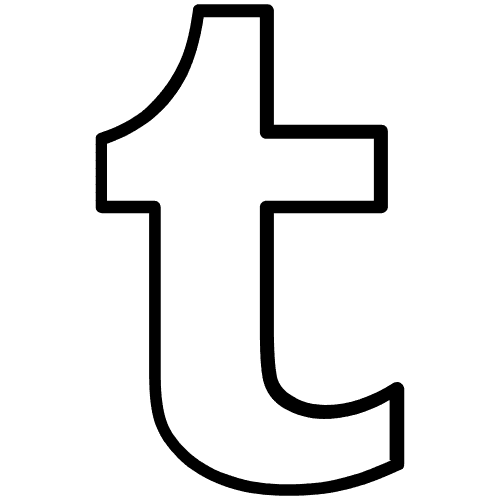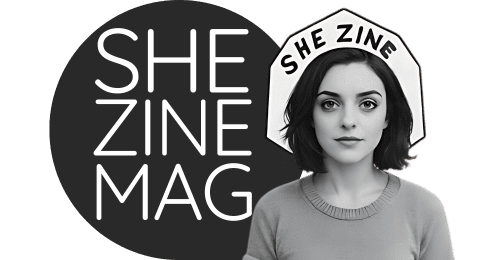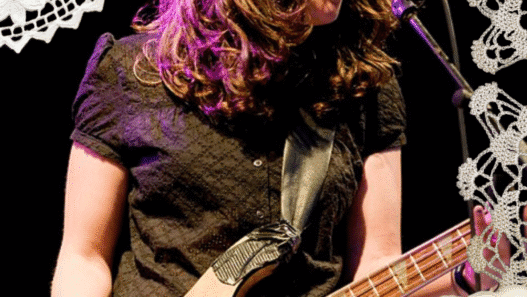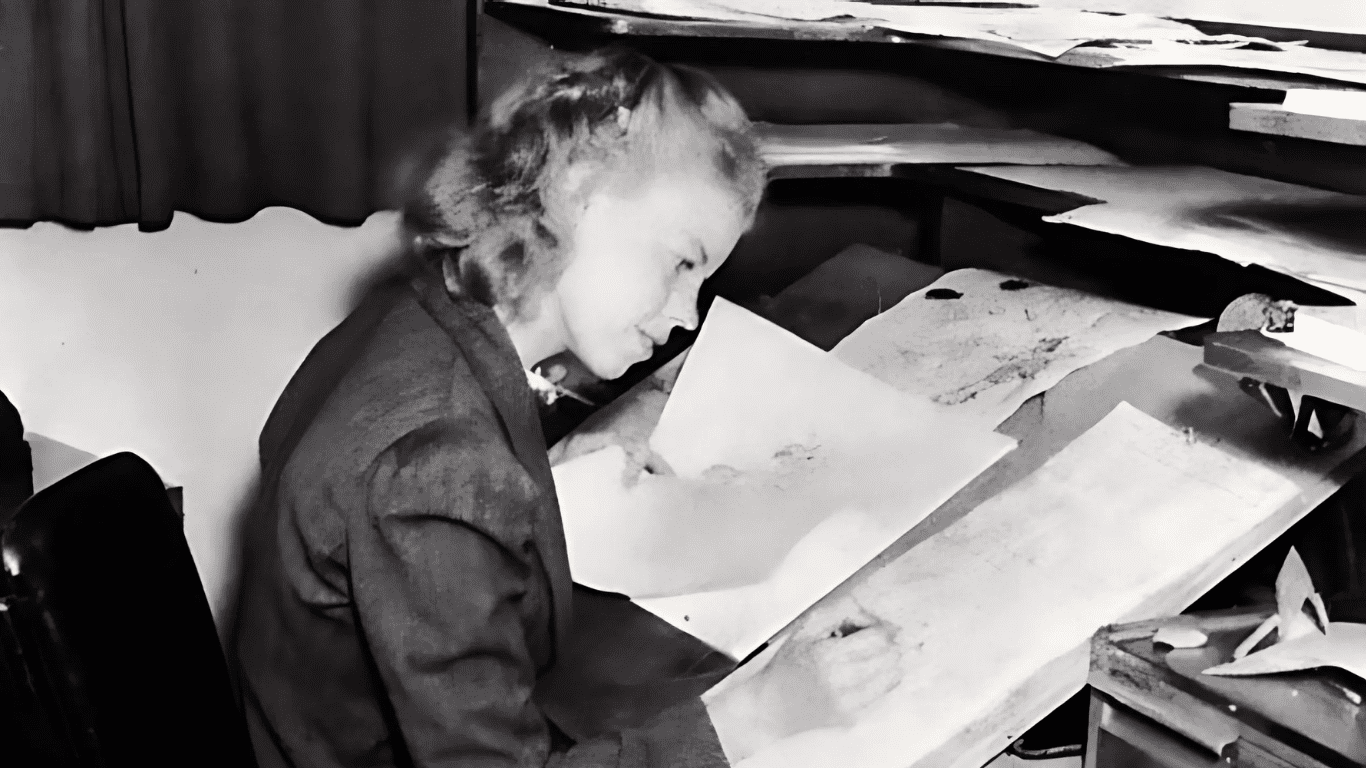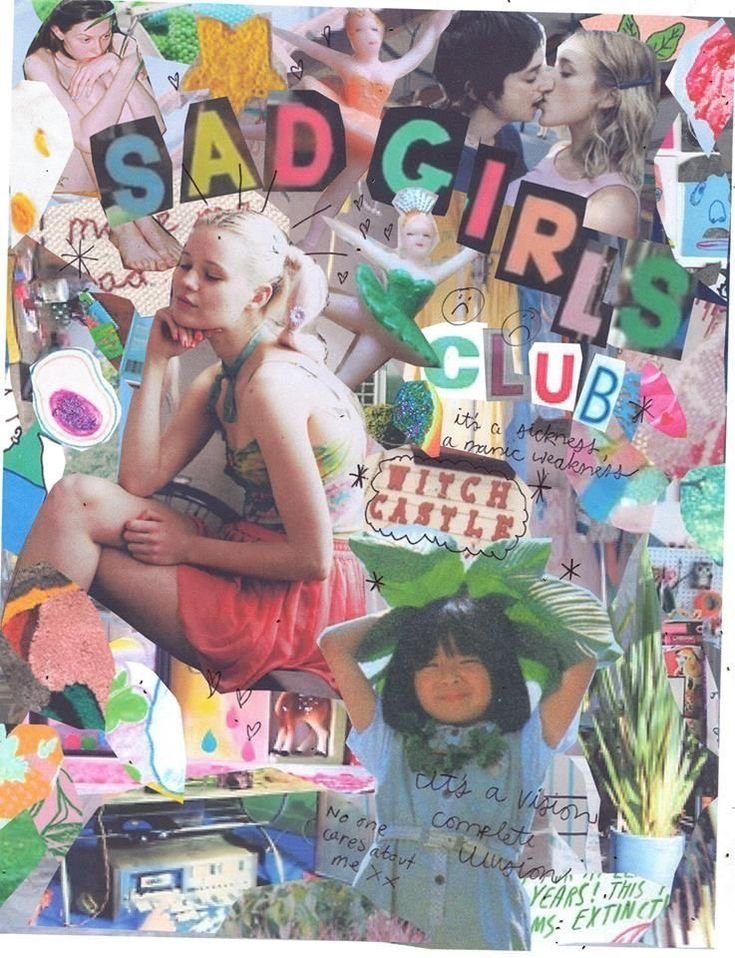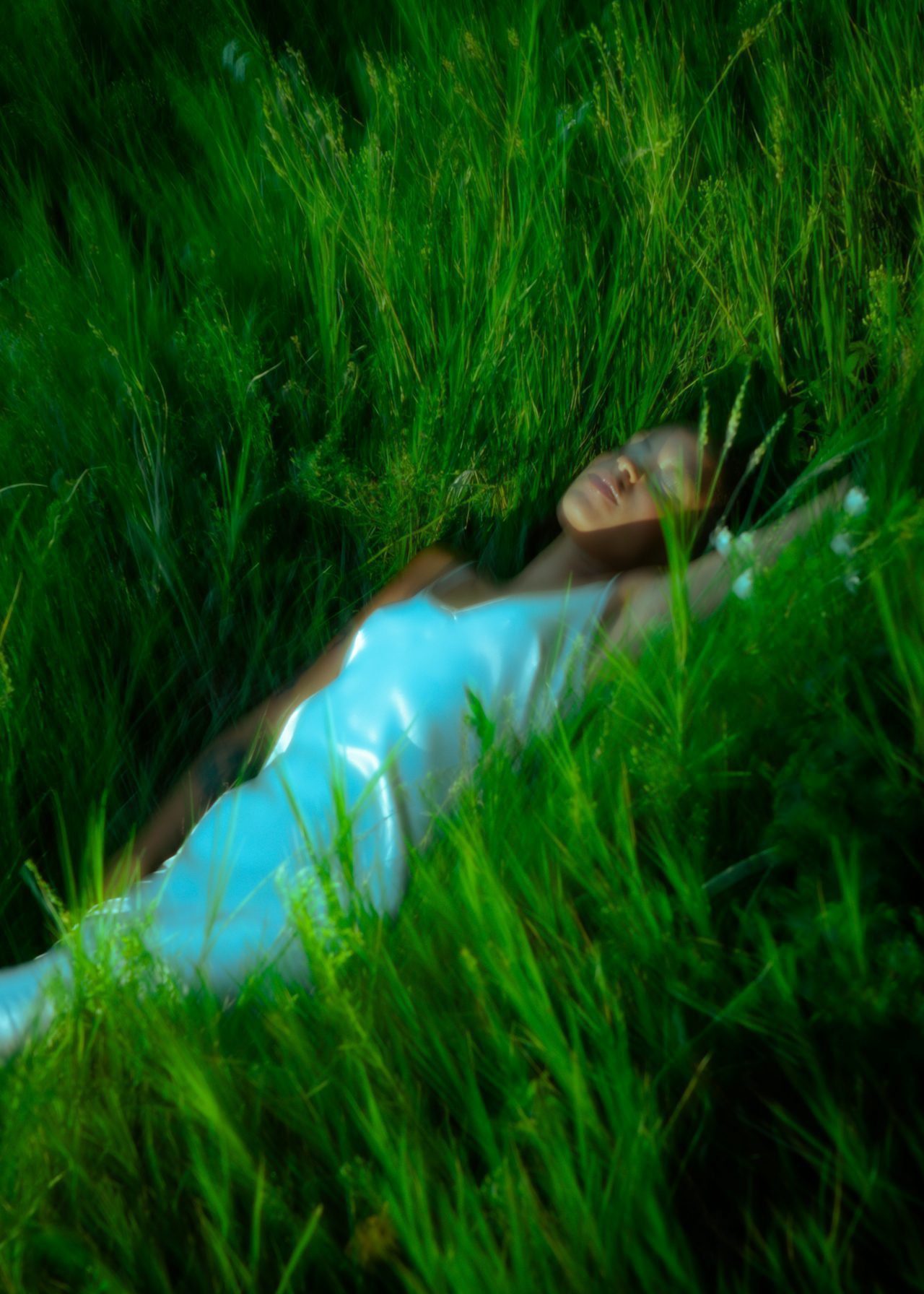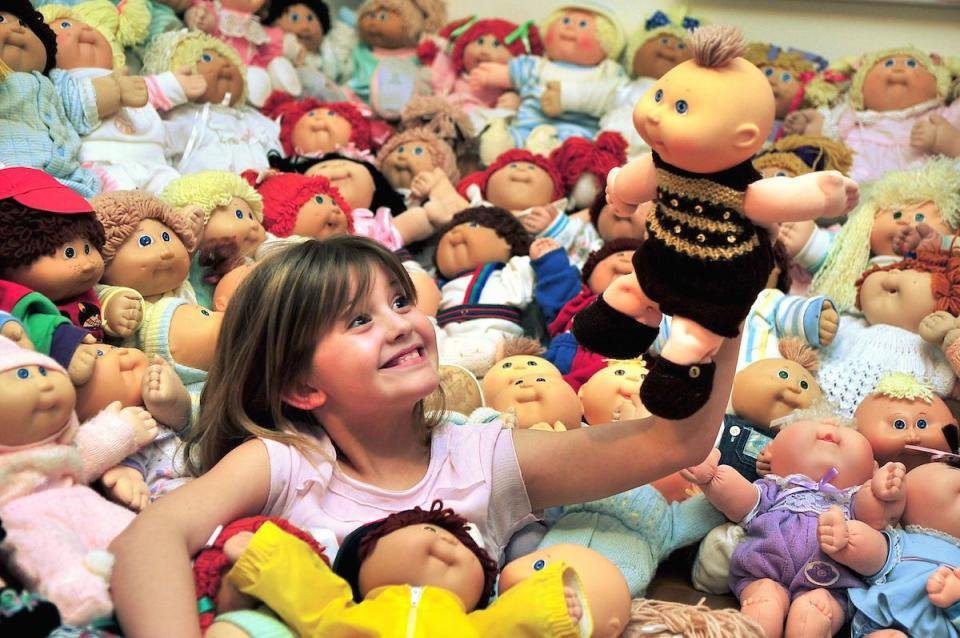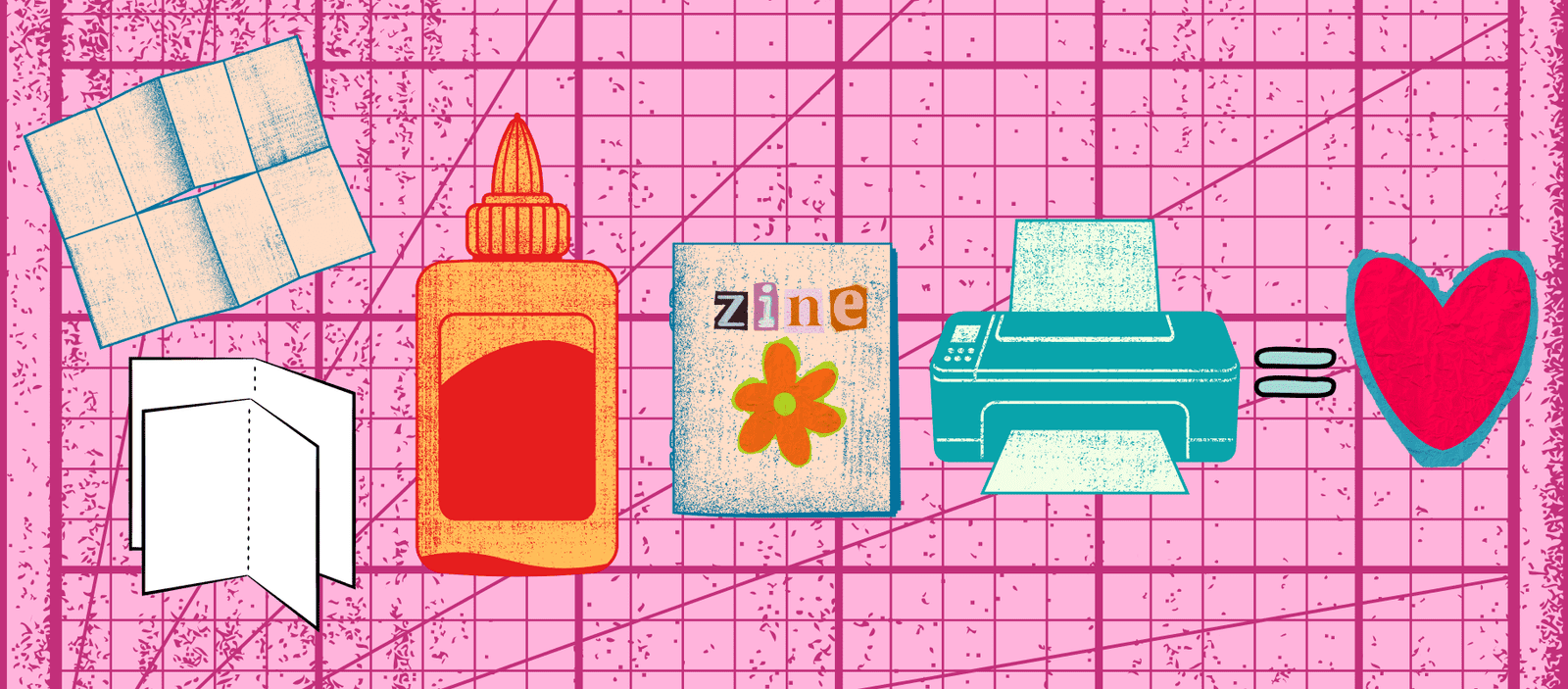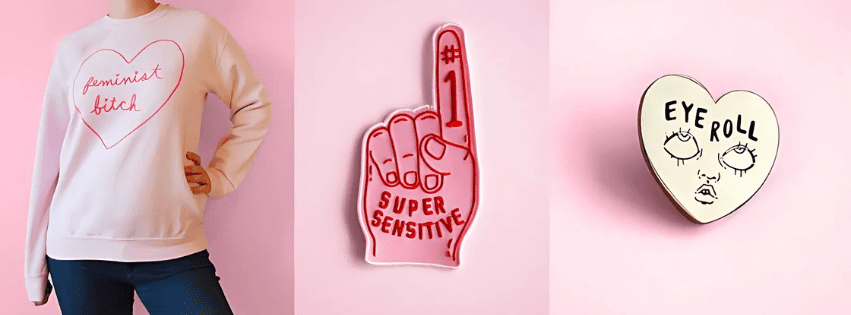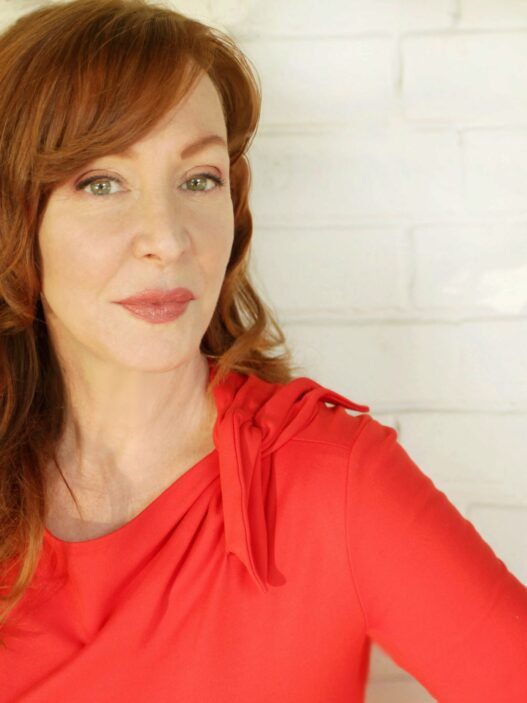Once Upon a Time in the Background…
Long before femme birds were navigating burnout and trauma in Tuca & Bertie, women in animation were hired as what the industry called “ink and paint girls”. Translation: They traced and coloured the ideas of men. Their work was technical, invisible, and rarely credited. They were artists—just not allowed to say so out loud.
But let’s not pretend women weren’t animating history anyway. In the 1930s, Lillian Friedman Astor smashed the celluloid ceiling by becoming the first woman animator to get screen credit in the U.S. at Fleischer Studios. She worked on Betty Boop and Popeye, helping build American animation while most women were still locked out of the story room.
Her story is threaded through everything that came after. Check out this rare interview she did with Harvey Deneroff from 1987.
In the 1940s and 50s, women like Retta Scott broke barriers at Disney, becoming the first woman to receive screen credit as an animator (notably on Bambi). However, institutional sexism persisted, and women remained sidelined for decades. The 1970s and 80s saw incremental shifts, especially in independent and experimental animation spaces, where women like Faith Hubley thrived. Hubley, often collaborating with her husband John, was celebrated for her lyrical, abstract films.
The real turning point came in the 1990s and early 2000s with the explosion of television animation and the growth of cable networks. Women began leading more projects, developing distinct voices in shows that ranged from the satirical (Daria, created by Susie Lewis Lynn and Glenn Eichler) to the quirky (Home Movies, with co-creator Loren Bouchard frequently collaborating with women writers and producers). Flash-forward to today, and women helm some of the most innovative, beloved series in animation. The rise of streaming platforms has opened even more doors, encouraging risk-taking and diverse narratives.
Despite progress, representation gaps persist: women—especially women of colour—are still underrepresented in leadership roles across major studios. However, networks like Cartoon Network, Netflix, and HBO Max have increasingly supported women-led productions. Organizations such as Women in Animation (WIA) have been pivotal in pushing for gender parity in the industry by 2025.
The influence of women in animation today isn’t just visible—it’s transformative. These creators are redefining the genre, telling stories that reflect lived experiences, feminist narratives, queer identities, and diverse cultural roots. As the medium evolves, one thing is clear: women aren’t just part of the story—they’re shaping it.
Women-Led Animation: 10 Series That Changed the Game
A lot of the credit still goes to the same set of names in the shapeshifting world of animation—mostly men, mostly mythologized. But animation has always been a subversive space and these ten series prove that when women lead—or when their fingerprints are all over the final product—the result is often weirder, wilder, more vulnerable, and radically better.
Forget eras. Forget canon. This is our offbeat, nonlinear lineup of animated series where women weren’t just involved—they left a thumbprint you can still feel on your brain. Some are cult, some are canon, some deserved more. All of them made the genre bend.
1. Daria (1997–2002)
Created by Susie Lewis Lynn & Glenn Eichler

Equal parts eye roll and existential dread, Daria the reluctant antihero of suburbia—not your standard ‘90s teen queen. A spin-off from Beavis and Butt-Head (seriously), the show grew into a feminist touchstone by giving voice to the girls who sat at the back of the class silently judging everything. Co-creator Susie Lewis Lynn gave us a protagonist who was bookish, sarcastic, morally stubborn, and deeply cool. Set against the absurdity of suburban America, Daria tackled mental health, consumerism, and teen nihilism with a deadpan that’s aged disturbingly well.
2. As Told by Ginger (2000–2006)
Created by Emily Kapnek

This Nickelodeon sleeper hit was animated teen angst at its best. Ginger Foutley wasn’t popular, and the show never tried to fix that. Emily Kapnek’s As Told By Ginger scripts didn’t shy away from real-life issues like death, menstruation, and social class. Plus: actual character aging and arcs. It was like My So-Called Life in cartoon form, minus the hand-wringing, giving teen girls permission to be complicated and weird, and we still don’t talk about that enough.
3. Tuca & Bertie (2019–2022)
Created by Lisa Hanawalt

What if anxiety and avoidance had a sleepover? That’s Tuca & Bertie. Lisa Hanawalt’s surrealist series gave us two bird-women trying to navigate adulthood, trauma, and existential dread in a pastel-splattered universe full of boob plants and workplace horror—like if Broad City had a breakdown and came back stronger. Wildly original and emotionally gutting, it proved once and for all that adult animation can be tender and deeply female. Bonus points for its untimely cancellation(s) that turned the show into a folk legend.
4. ReBoot (1994–2001)
Voice Direction by Andrea Romano; Women in Design/Writing Roles

Yes, ReBoot. Behind its blocky graphics and cybernetic soap opera were women in the writing rooms and Andrea Romano directing voices like a boss. This Canadian cult classic may not scream “feminist” at first glance, but dig deeper. With Andrea Romano’s expert voice direction and several women involved behind the scenes, ReBoot helped shape a genre still dominated by boys. The Daemon arc alone—a hyper-intelligent virus queen with biblical overtones—feels like a villain origin story written by goth girls raised on Margaret Atwood. Full goth-girl fuel.
5. Carol & the End of the World (2023)
Created by Dan Guterman, female-led creative team

While not helmed by a woman, Carol & the End of the World deserves a nod for its meditative, melancholic lead and its team of women animators and writers who helped bring her story to life. Carol didn’t want to party through the apocalypse. She wanted to go to work. And because of this Carol becomes an unlikely heroine for anyone who’s ever found peace in the mundane. This series gets a nod for its soft, slow storytelling and its deeply female lens—thanks to the women who shaped every corner of it. It’s about refusing the narrative of spectacle, and finding beauty in stillness. Quietly radical.
6. Moon and the Son: An Imagined Conversation (2005)
Legacy of Faith Hubley

Faith Hubley didn’t direct this Oscar-winning short, but you can feel her in every second. Her decades of abstract, experimental feminist animation shaped the style and tone of this devastating piece. It’s deeply personal, haunting, and uniquely maternal—even in grief. It’s not a series, but it belongs here as a spiritual grandmother to every auteur-driven animated show made since.
7. Braceface (2001–2004)
Created by Melissa Clark, Exec. Produced by Alicia Silverstone

Long before mainstream shows tackled puberty with any honesty, Braceface gave us Sharon Spitz—a Canadian tween dealing with braces that sparked electrical malfunctions and big feelings. Created by Melissa Clark and backed by Alicia Silverstone, the show tackled anxiety, body image, and activism with heart and humour. A feminist sleeper hit disguised as tween chaos. Weird, underrated, and very ahead of its time.
8. Dead End: Paranormal Park (2022–2023)
Created by Hamish Steele, Women in Key Roles

Haunted theme park? Check. Trans lead? Check. Women-led production design and narrative choices? Double check. While Hamish Steele created this delightfully queer horror-comedy, women played huge roles in its character design, direction, and writing. Dead End blends Scooby-Doo vibes with chosen-family realness, and its fearless trans and neurodiverse characters make it a standout in modern animation. Spooky, sweet, and quietly radical.
9. City of Ghosts (2021)
Created by Elizabeth Ito

Soft, slow, ghosty vibes, City of Ghosts follows a crew of kids in LA as they interview spirits and learn the histories of neighbourhoods being gentrified out of existence. Elizabeth Ito’s documentary-style animation is soft-spoken and stunning. It’s a masterclass in letting kids be curious without dumbing down the world—one that asks big questions without yelling the answers. Beautiful, intentional, necessary.
10. Princess Gwenevere and the Jewel Riders (1995–1996)
Women in Writing and Production Roles

File this under proto-feminist glittercore. High camp, high fantasy, high-key radical. Jewel Riders are a gem-covered magical girl squad wasn’t just riding unicorns—they were smuggling in storylines about consent, power, and collectivism. Written and produced largely by women, it gave ‘90s girls a reason to believe they could lead an adventure too. Underestimated, over-sparkled, and deeply formative.
What’s Next?
Animation has always been a trickster medium—part rebellion, part refuge. When women run the show, it stops mimicking the world and starts rebuilding it. These stories aren’t just reflections—they’re blueprints for something better.
Coming up: Witch Mountain on Disney+ (yes, with Indigenous teen leads), the animated pitch for Liza Anonymous, and festival circuit darlings like Shavonne Wong and Alex Salyer keeping things weird and femme. The next wave of animation isn’t subtle. It’s shimmering, genre-fluid, and unapologetically led by women, girls, and everyone in between.
📺 Got a Favourite Series We Missed?
➝ Tell us in the comments
➝ Tag us @shezinemagazine
➝ Pitch it to our editors
We want it on our radar — especially if it’s haunted, handmade, or helmed by someone who’s done waiting for permission.

AXO (she/her) is a multidisciplinary creator, editor, and builder of feminist media ecosystems based in Toronto. She is the founder of She Zine Mag, Side Project Distro, BBLGM Club, and several other projects under the AXO&Co umbrella — each rooted in DIY culture, creative rebellion, and community care. Her work explores the intersection of craft, technology, and consciousness, with an emphasis on handmade ethics, neurodivergent creativity, and the politics of making. She is an advocate for accessible creativity and the power of small-scale cultural production to spark social change. Her practice merges punk, print, and digital media while refusing to separate the emotional from the practical. Above all, her work invites others to build creative lives that are thoughtful, defiant, and deeply handmade.
